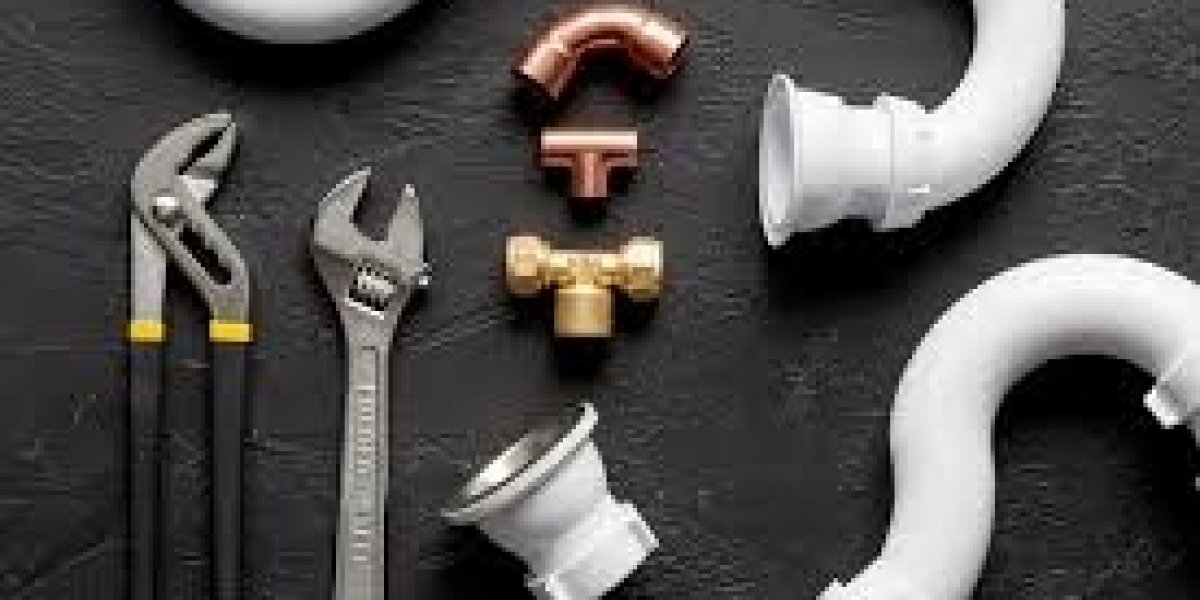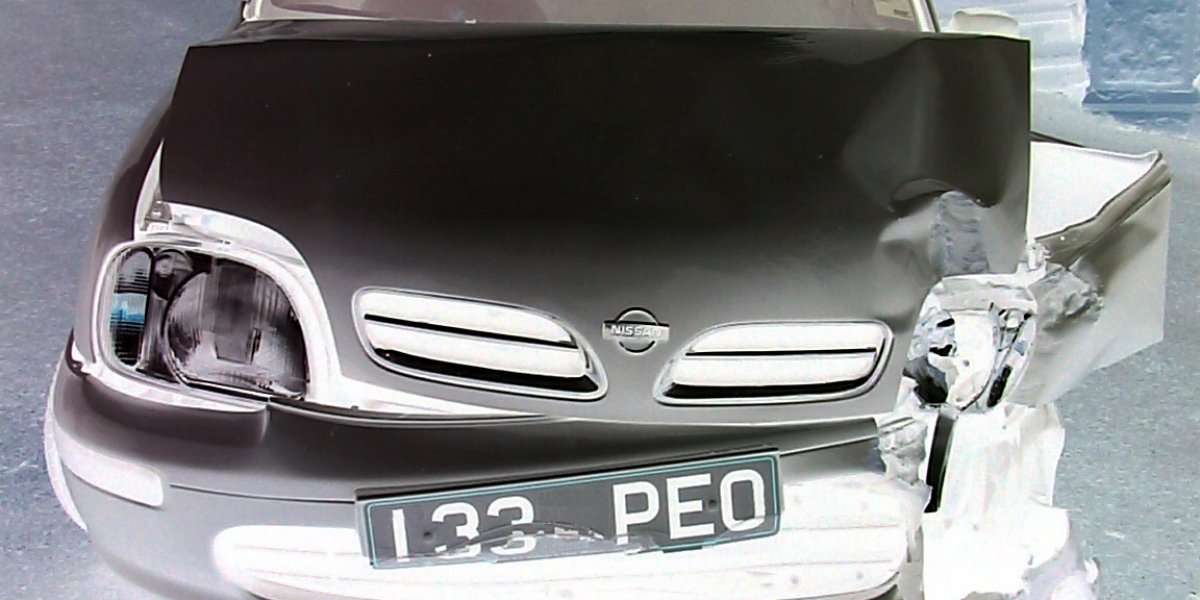That’s the danger when plumbing estimating is weak. Without accurate budget estimates, even a well-planned project can spiral out of control.
Competitors like Nedes Estimating emphasize speed and basic services (e.g. cold/hot water pipes, valves) (Construction Estimating Services). World Estimating offers quick turnaround and construction estimating broadly, but plumbing often gets subsumed under “MEP estimating” (worldestimating.com). Many estimates neglect region-specific labor, hidden conditions, or real material variations.
So how do you fill that gap — deliver plumbing estimating that is precise, defensible, and profit-protective?
Why Ordinary Budget Estimates Fail
Every day in construction, “budget estimates” go wrong because estimators:
Rely on generic unit rates that don’t reflect local labor or market swings.
Fail to account for on-site realities (hidden corrosion, unexpected layout changes).
Overlook secondary costs: fixtures, testing, disposal, overhead & contingency.
Lump all plumbing under a flat margin instead of breaking trades (sanitary, storm, water, gas).
Don’t build in buffer or risk allowances — leaving no cushion for surprises.
In California especially, local labor rates, code differences, and permit fees vary by county. An estimate that treats San Diego same as Fresno will skew. Many competitors offer flat “plumbing estimating” services with little customization. (Construction Estimating Services)
If you don’t correct these oversights, you lose margin — or worse, eat losses.
A Better Way to Do Plumbing Estimating & Budget Estimates
Here’s a refined, story-driven approach to outperform typical competitors:
1. Start With a Scope Walk & Sketch
Don’t trust solely the blueprints. Visit the site (or request photos/video). Note existing pipe runs, structural obstructions, and unusual layouts. Sketch by hand. You’ll catch hidden reroutes or obstacles the plans don’t show.
2. Break Down by Trade & System
Divide plumbing into sub-systems:
Domestic cold/hot water
Drain / waste / vent piping
Storm / roof drainage
Gas piping
Fixtures & accessories (sinks, toilets, accessories)
Insulation, supports, hangers, valves
This granularity forces you to detail each component rather than lumping into one “plumbing line item.”
3. Use Local Unit Costs, Adjusted for Region
Gather baseline unit rates (per foot, per fitting, per fixture) from trusted databases or local suppliers. Then adjust for your area: in Los Angeles County, labor cost might be 20–30 % higher than in rural parts.
4. Include Hidden & Contingency Items
Add line items for:
Unforeseen pipe rerouting or repair
Corrosion or wall removal
Permit fees or inspection costs
Testing / flushing / disinfection
Waste disposal and site cleanup
Access labor (scaffolding, hard teardowns)
Set a contingency buffer (5–10 %) depending on project risk.
5. Use Risk & Margin Layers Transparently
Rather than a flat markup, layer your margin with clarity:
Base cost + overhead
Project risk buffer
Profit margin
That way, your client can see where allowances lie — boosting confidence.
6. Deliver a Budget Estimate Version Then a Detailed Estimate
Offer a two-tiered deliverable:
Preliminary budget estimate: a high-level number useful during bidding (accuracy ±10–15 %)
Detailed budget estimate / final takeoff: full line-item cost breakdown with backup quantities and unit cost references.
This two-step method gives clients visibility early, while allowing you to refine.
7. Use Technology, But Validate with Experience
Leverage software (PlanSwift, Bluebeam, estimating platforms). But always cross-check software outputs with your own site observations and experienced judgment. The tool should assist — not override you.
Plumbing Estimating in San Diego California
In the suburbs of San Diego, a mid-size luxury home remodel faced a plumbing bid. A local estimator quoted $45,000. But the client also sought alternative bids.
We engaged, did a site walk, found:
The existing superstructure required removal of portions of slab to reroute drains.
The city required a special permit inspection for backflow preventers (unique in that region).
High-end fixtures (wall-hung toilets, sensor faucets) demanded premium fittings.
Our refined plumbing estimating approach produced:
Preliminary budget estimate: ~$43,200 (slightly lower, but with a well-explained buffer).
Detailed estimate: $46,800 with line items showing slack and contingency.
The client chose us — we secured the project and delivered profit. The original lower bid hit cost overruns; ours held true within 3 %.
Why it worked:
Clarity in budget estimates earned client trust
Local adjustment for San Diego labor & permit costs
Hidden condition buffer built in
Transparent margin breakdown
How Our Approach Beats the Competitors
Gap in Many Competitor Estimates | Our Approach’s Fill |
One-size plumbing line item | Break into systems & trades |
Generic national rates | Local rate adjustment per region |
No hidden contingency | Explicit hidden / risk buffer |
Flat markup | Layered margin & overhead |
One deliverable | Budget + detailed versions |
Reliance on software blindly | Software + site verification |
Unlike Nedes — which lists plumbing estimating among many services in a generic way (Construction Estimating Services) — or World Estimating, which treats plumbing under broad MEP cost estimating (worldestimating.com), our model delivers a plumbing-first depth and defensibility.
Tips & Best Practices for Reliable Plumbing Estimating
Update your unit cost database annually (materials, wage rates, codes).
Always interview your sub-contractors or suppliers for local variation.
Use photos & site logs to support your estimate later (for change orders).
Document assumptions clearly (e.g. type of pipe, fixture brand).
Include a “scope exclusion” section — what’s not included.
Monitor actual costs and compare with estimates — build lessons learned.
Conclusion
Plumbing estimating and robust budget estimates are your guardrails in a risky trade environment. By combining site insight, system breakdown, local cost data, hidden buffers, and layered margins — you close the weak points that many estimator firms ignore.
In California or anywhere, this approach wins trust, protects profit, and makes your bids both competitive and defensible.
If you’d like help setting up your own plumbing estimating system or want sample templates for budget versus detailed estimation, I’d be happy to share.








